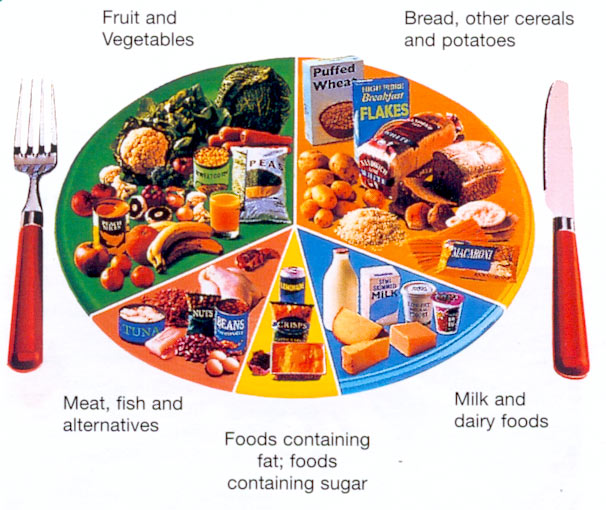More than any other time in history, people are all vying to have the best, healthiest body possible. The health and fitness industries are making billions of dollars every year on herbal supplements, fitness equipment, gyms, and special diets. If you watch TV or read magazines, there is always some intriguing commercial asking for money to help you get into shape.
While many of these options are good and healthy, others you should stay as far away from as possible. Recently, a professional baseball player died at the age of 23. In his locker, a bottle was discovered containing Ephedrine. Consequently, the FDA just issued a warning that people need to heed.
The key to a healthy diet is to eat a variety of foods. The Balance of Good Health shows the type of food and proportions required to achieve a well balanced diet.
For most people, a healthy diet means eating more fruit and vegetables fresh, frozen and canned.
When selecting a meal plan, make sure you are consuming a balanced and complete diet. Your assignment is to set realistic and attainable diet goals. Start by following the simple guidelines below.
Nutritional and Diet Plan Guidelines
- Commit to consuming 4 – 6 small meals and snacks everyday.
- To succeed, you must plan ahead by packing your foods the night before. Thus, you should always have fresh and low-fat foods around.
- Keep it simple. Don’t get too caught up on the specifics or your diet. Start by simply just counting calories.
- Eat your foods slower.
- Make healthier food selections like fruits, vegetables, whole grain cereals, and beans, low-fat or nonfat dairy products, low fat meats, fish and skinless poultry.
- Avoid foods that are high in fat and calories.
- Avoid foods that are high in sugars such as pastries, candy bars, pies and candy.
- Use a variety of fruits and vegetables in your nutrition plan. Start by trying to eat 5 total vegetable and fruit servings every single day.

